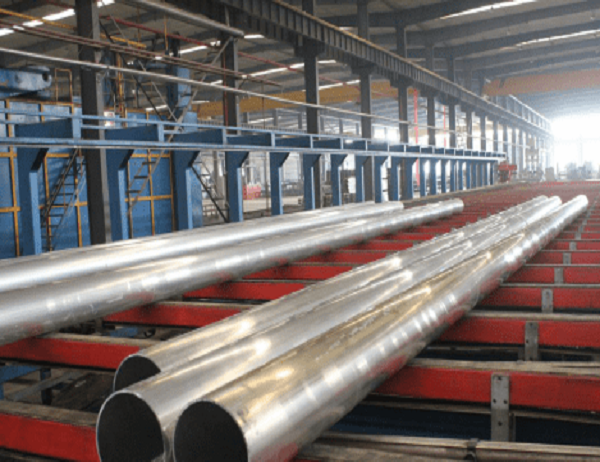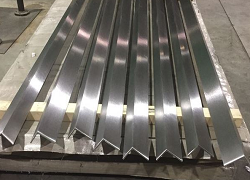In the realm of industrial manufacturing, the integration of automation with industrial aluminum profiles has revolutionized production processes, unlocking new levels of efficiency, precision, and cost-effectiveness. By leveraging sophisticated automation technologies, manufacturers can harness the inherent advantages of aluminum profiles to achieve unprecedented productivity and innovation.
Enhanced Productivity and Efficiency
Automation seamlessly integrates into industrial aluminum profiles, enabling manufacturers to streamline production lines, reduce manual labor, and optimize resource allocation. Automated machines perform repetitive tasks with unmatched speed and accuracy, minimizing human error and maximizing productivity. The precise control offered by automation ensures consistent results, reducing the need for rework and eliminating costly delays.
Improved Quality and Precision
The precision of automation complements the dimensional accuracy of aluminum profiles, resulting in superior quality products. Automated systems can maintain tight tolerances and perform intricate operations that are beyond human capabilities. This precision manufacturing ensures the highest quality standards, reduces the risk of defects, and enhances the longevity of manufactured components.
Increased Flexibility and Versatility
Automation allows for rapid reconfiguration and customization of production lines, making industrial aluminum profiles highly adaptable to changing market demands. With automated systems, manufacturers can quickly switch between product variations or accommodate special orders without the need for extensive downtime or manual adjustments. This flexibility enables them to respond swiftly to customer needs and reduce lead times.
Reduced Labor Costs and Enhanced Safety
By replacing manual labor with automated machines, manufacturers can significantly reduce labor costs while improving safety conditions in the workplace. Automated systems eliminate hazardous tasks and repetitive motions, reducing the risk of accidents and improving employee well-being. This cost savings can be reinvested in further automation or other areas of the business.
Data Collection and Analytics
Automated systems provide real-time data collection and analytics capabilities, allowing manufacturers to monitor production processes, identify bottlenecks, and optimize performance. This data enables informed decision-making, proactive maintenance, and continuous improvement. By leveraging automation for data gathering, manufacturers gain valuable insights that drive innovation and efficiency.
Sustainability and Environmental Benefits
The integration of automation with industrial aluminum profiles can contribute to sustainability and environmental protection. Automated systems reduce energy consumption by minimizing idle time and optimizing resource allocation. Aluminum profiles themselves are highly recyclable and lightweight, reducing the environmental impact associated with their production and disposal.
Industry-Specific Applications
Automation with industrial aluminum profiles finds wide-ranging applications across various industries. In the automotive sector, it streamlines body frame assembly and welding processes. In aerospace, it enhances precision machining and improves component quality. In construction, it automates framing and curtain wall installation. By integrating automation with industrial aluminum profiles, manufacturers in these industries can achieve unparalleled efficiency, precision, and innovation.
Conclusion
Integrating automation with industrial aluminum profiles unlocks a world of possibilities for manufacturers. From enhanced productivity and improved quality to increased flexibility and reduced costs, this integration revolutionizes production processes, driving innovation and competitiveness. By embracing automation, manufacturers can harness the power of industrial aluminum profiles to achieve unprecedented levels of success in the modern industrial landscape.



